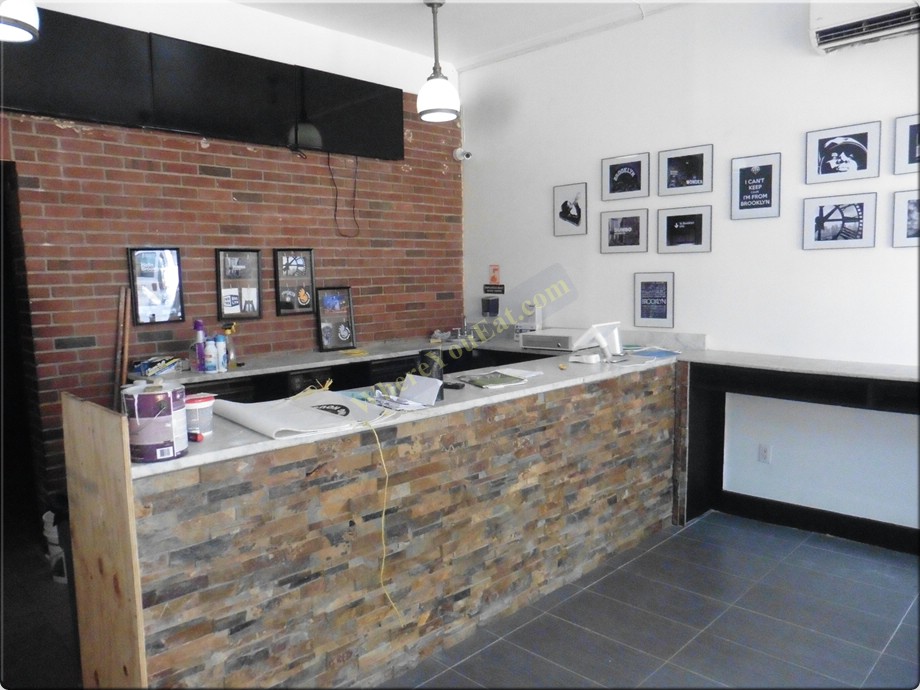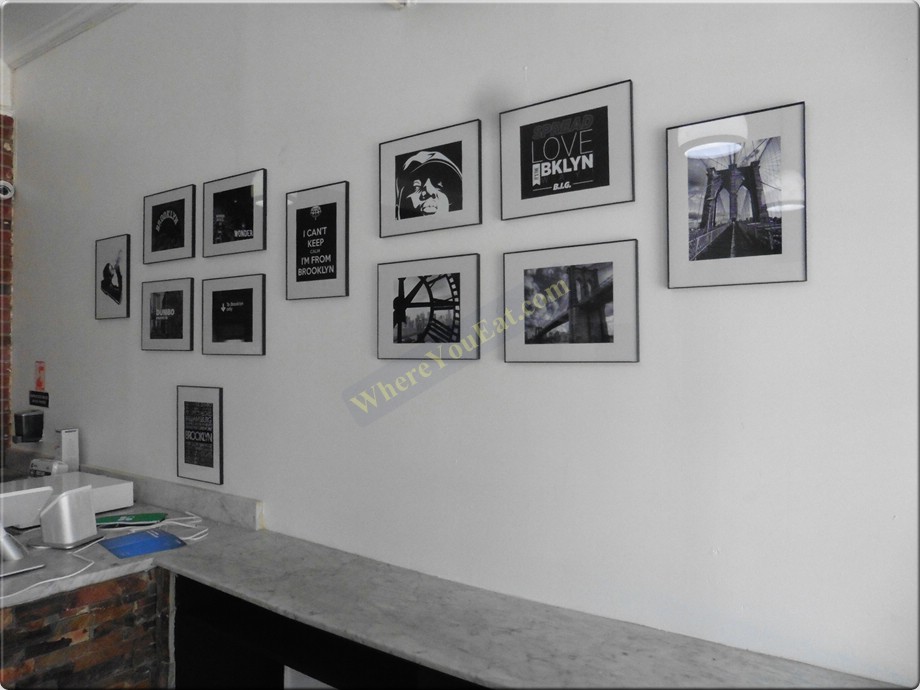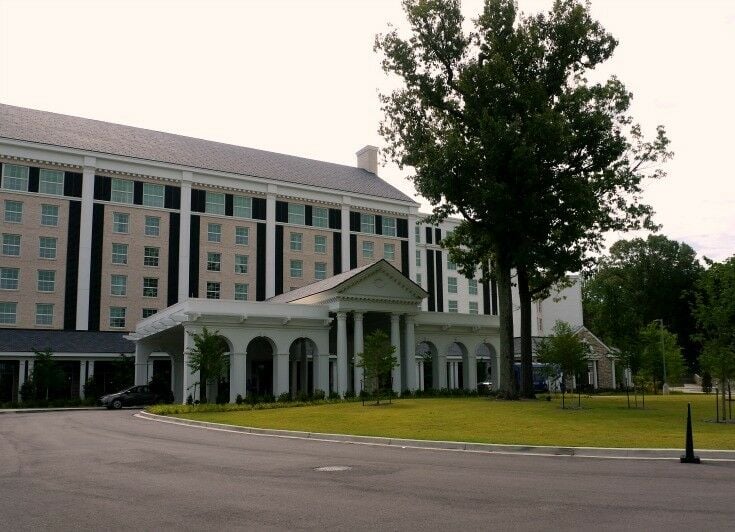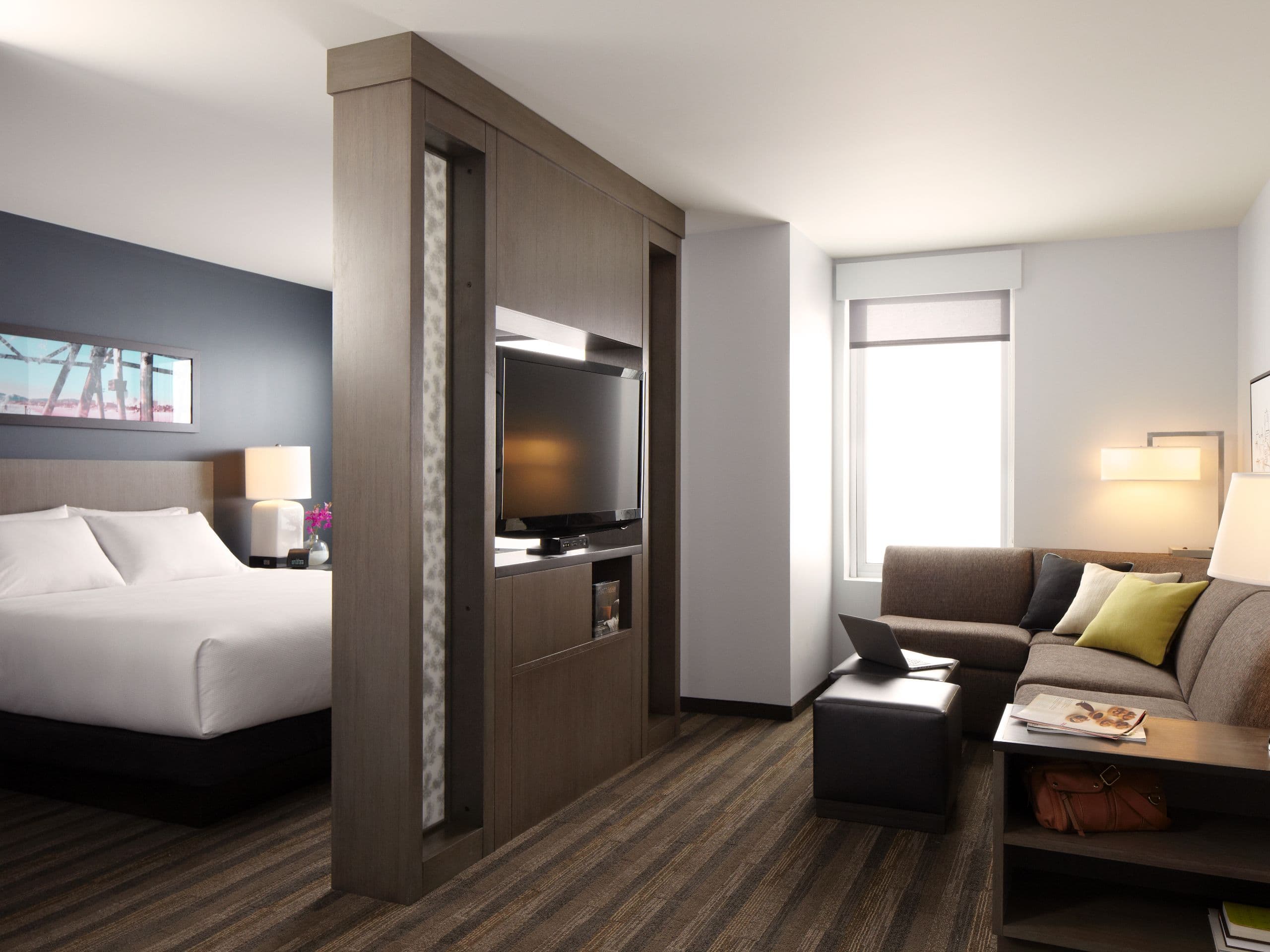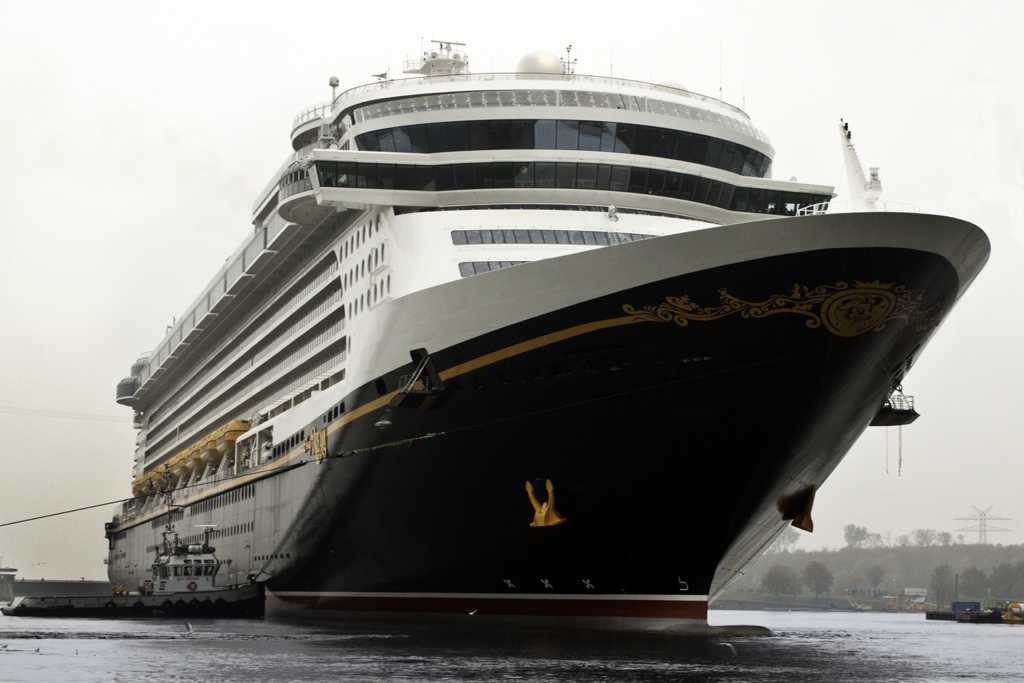Table Of Content

Composite floor slabs may also be constructed using pre-cast planks as the permanent formwork. More generally, widely spaced columns reduce the number of foundations, simplifying the substructure construction and reducing cost. For buildings up to eight storeys high, braced steel frames are commonly used with bracing members generally located within a cavity in the facade, or around stairs or other serviced zones. For naturally ventilated offices, a building width of 12 m to 15 m is typically used, which can be achieved by two spans of 6 m to 7.5 m, with a column placed adjacent to a central corridor.
Department of Civil, Environmental, and Geo- Engineering
Guidance for the design of cast-in steel plates for connecting structural steel beams to concrete core walls is available in SCI-P416. This publication provides a model for the design of simple connections that transfer shear force due to permanent and variable loads and a non-coincident axial tie force resulting from an accidental load case. It points out additional issues which must be considered where coincident shear forces and axial forces are to be dealt with. A sample design of a simple connection for a 610 serial size UB is presented, and the design of punching shear reinforcement for the wall is included.
Featured Design Guides
The slip critical joint requires tightening the bolt to a full pre-tensioning load, which is greater than 70 percent of the minimum tensile strength of the bolt. Portal frames are low-rise structures, comprising columns and rafters, connected by moment-resisting connections. This form of continuous frame is stable in its plane and provides a clear span that is unobstructed by bracing. Bracing is provided in the longitudinal direction, between frames. Steel Design or also known as Structural Steel Design is an area of structural engineering used in designing steel structures for different types of structures and infrastructures such as houses, buildings, bridges, and more.
👉 Steel Beam Properties
The fundamental process of structural design commences with the preparation of a structural concept, which is itself based on an architectural design for the structure. For simple, common forms of structure, it will be possible to prepare a concept design directly from the architectural design - typical solutions are well understood. The American Institute of Steel Construction (AISC), Inc. publishes the Steel Construction Manual (Steel construction manual, or SCM), which is currently in its 16th edition.
For multi-storey frames, a braced frame is likely to be most economical, because the fabrication effort for the joints in braced frames is generally much less than for joints in continuous frames. Continuous frames must be used when bracing cannot be provided within the structure. In inner city and on difficult or brownfield sites, the time and cost of constructing the foundations has a major effect on the viability of a project. Although the weight of the frame is relatively small compared with the floors and walls, a steel frame can be significantly lighter than a comparable reinforced concrete frame. Further reductions in weight can be achieved by using light floor construction such as composite metal deck floors and lightweight concrete.

This enables students to efficiently study design alternatives in a digital environment, allowing them to focus their physical tests on pre-validated designs. Altair SimSolid allows for the study of models on a local and global scale while evaluating model stresses, weld forces, bolt forces, and more. Western Steel Buildings is a proud provider of pre-engineered building systems for the state of California and beyond. Our metal building systems are utilized in California as wineries, breweries, cultivation facilities, riding arenas, industrial buildings, distribution centers and more. We are dedicated to providing the best experience with the most innovative building systems. Contact us now to discover how Western Steel can save you time and money with the highest quality building systems.
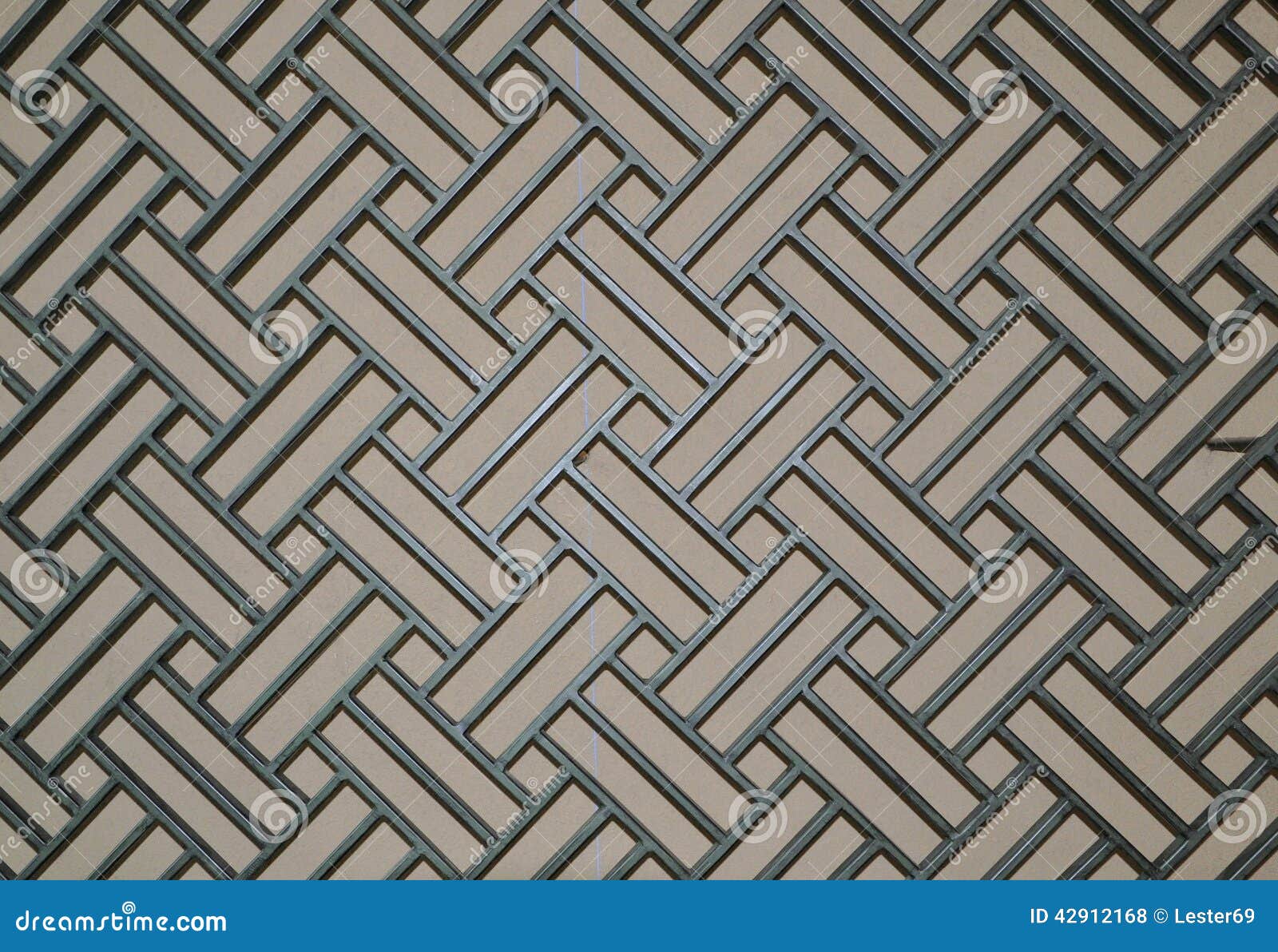
It serves the same purpose as the AISC manual, but conforms with Canadian standards. Subsequent live sessions will cover tension member design, compression members, bending members, and combined axial forces and bending. Every year, talented engineering students from around the world come together to conceptualize, analyze, fabricate, test, assemble, and ultimately compete to design award-winning steel bridges. Each year the competition rules change – after all, no two real-world bridge projects are the same – meaning there’s no “one size fits all” solution for each design. In other words, one success in one competition doesn’t guarantee success in another, since each use case is unique. AISC's new Design Guide 39 is your one-stop shop for design procedures for end-plate moment connections!
Style Your Kitchen with Samsung's All-New Bespoke Double Door Refrigerators with Premium Cotta Steel Design ... - Samsung Newsroom India
Style Your Kitchen with Samsung's All-New Bespoke Double Door Refrigerators with Premium Cotta Steel Design ....
Posted: Mon, 09 Oct 2023 07:00:00 GMT [source]
Building Regulations
Allowable Strength Design still uses a strength, or ultimate level, design approach. At the Carnegie Museum of Art, an installation by the artist Marie Watt celebrates the region’s industrial history with I-beams and glass. Invest in the best with the Steeldeck® platform system for your special events. Fill out the following form to contact our team about your project.
Machine Design Engineer jobs
Members of the same nominal size vary in cross section for different values of weight per foot. In the U.S., fabrication is typically combined with a steel erector on the West Coast. The fabricator orders standard steel shapes from supplier, may design connections based on area practice, fabricates custom members for the project, and delivers fabricated members in a sequence that supports the erection plan. BS EN [19] also gives guidance for the steelwork of steel and concrete composite structures designed in accordance with BS EN 1994[12].
The session will review the strength of compression members as defined by the Specification. The session will review steel shapes and their behavior in compression. The session will discuss the limit states of flexural buckling, local buckling, torsional buckling, and flexural-torsional buckling. A brief history of the Specification and Manual will be provided as well as an overview of the organization of the current Specification and Manual. The lecture will then discuss the elements of structural safety with an emphasis on the principles of LRFD, variability of load effect and variability of strength.
This updated design guide updates AISC’s resources for HSS connection design, greatly expanding upon the background discussion for each connection. The thorough explanations of the relevant limit states and the experimental results for each connection lend the reader an invaluable insight into the rationale behind each connection design procedure. The expanded guide includes many new connection types and a dozen new design examples. The deflection of a simply supported steel beam exposed to a point load at midspan is calculated with this formula.



